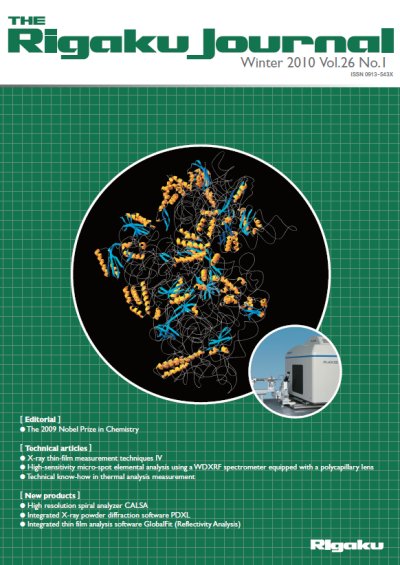X-ray diffraction intensities from a thin film deposited on a substrate can be relatively weak in comparing to the enormous X-ray diffraction and background intensities from its substrate. The in-plane XRD technique with a grazing incident X-ray beam has been used successfully to enhance the thin-film intensities and to minimize the substrate intensities in the analysis a thin-film.
Three-dimensional thin-film structure, such as preferred orientation (or texture), orientational relationship and lattice distortion between an epitaxial film and its substrate, crystallite-size anisotropy, etc, can be obtained from both in-plane and out-of-plane XRD measurements (see the second review of this series). It is well known that the crystalline structure of a thin film can affect the device characteristics.
In this article, the in-plane XRD technique used for the characterizations of extremely thin films as well as the crystallinity and orientational relationships in complex heteroepitaxial systems is explained.

